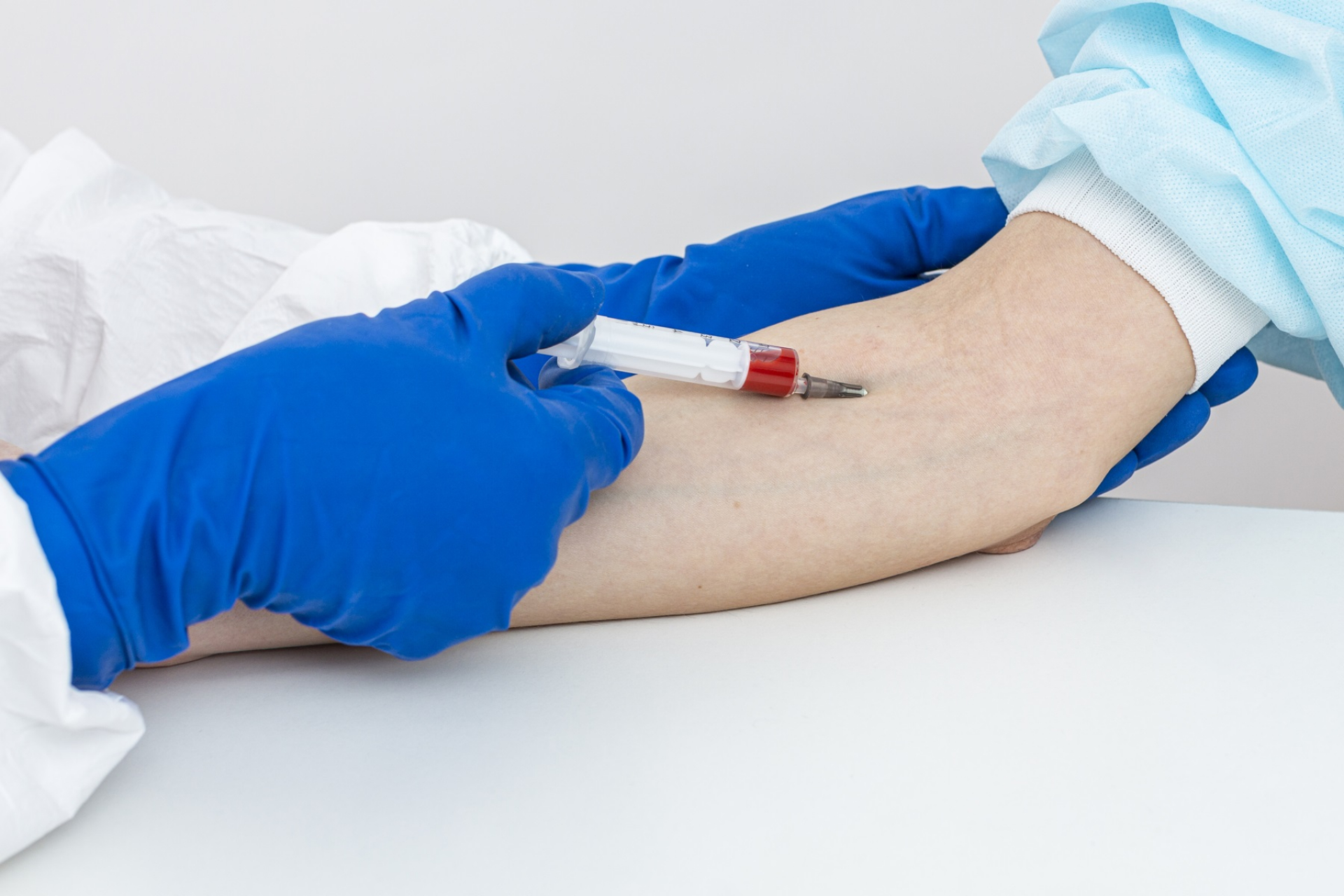Maintaining good heart health is vital for overall well-being, and one of the simplest ways to assess your risk of heart disease is by regularly monitoring your cholesterol levels. A lipid profile test is a common diagnostic tool used to measure various types of fats in your blood, including cholesterol and triglycerides.
What is a Lipid Profile Test?
A lipid profile test provides a detailed analysis of the fat levels in your blood. These fats, also known as lipids, play an important role in your body. However, imbalances, such as high cholesterol, can lead to serious health problems, including heart attacks and strokes.
A typical lipid profile test measures the following:
- Total cholesterol: The sum of all cholesterol in your blood.
- Low-density lipoprotein (LDL) cholesterol: Known as “bad cholesterol,” high levels can lead to plaque buildup in arteries.
- High-density lipoprotein (HDL) cholesterol: Called “good cholesterol,” it helps remove excess cholesterol from your bloodstream.
- Triglycerides: A type of fat stored in your body; high levels may increase heart disease risk.
- LDL/HDL Cholesterol Ratio Test: This test helps assess the balance between bad (LDL) and good (HDL) cholesterol, providing a clearer picture of heart disease risk.
Why is it Important to Monitor Cholesterol Levels?
Monitoring cholesterol through a lipid profile test is critical for early detection and prevention of heart disease. Here’s why:
- Early detection of risks: High cholesterol often shows no symptoms. Regular testing helps identify issues before they escalate.
- Personalized health management: Knowing your levels allows you to take proactive steps like dietary changes, exercise, or medication.
- Preventive care: Early intervention can reduce the risk of serious conditions like heart attack and stroke.
- Tracking progress: If you’re already undergoing treatment or lifestyle changes, lipid profile tests can monitor improvements over time.
Lipid Profile Test Price
The lipid profile test price can vary depending on several factors, such as the type of healthcare facility, location, and whether additional tests are bundled. Let’s break down the costs and what you can expect:
- Factors Influencing Lipid Profile Test Cost:
- Type of facility: Diagnostic labs often offer competitive rates, while hospitals may charge more for the same test.
- Geographic location: Costs tend to be higher in metropolitan areas compared to smaller cities or rural areas.
- Type of test: A fasting lipid profile test price might differ from a random lipid test due to preparation requirements.
- Health packages: Many labs provide discounted packages that include lipid profile tests along with other routine tests.
- Insurance Coverage:
- Many health insurance plans cover routine tests, including lipid profile tests, especially if they are deemed medically necessary.
The Role of a Fasting Lipid Profile Test
In many cases, a fasting lipid profile test is recommended to ensure accurate results. This test requires you to fast (avoid eating or drinking anything except water) for 8-12 hours before the sample is taken. Fasting minimizes the influence of recent meals on triglyceride levels, providing a clearer picture of your baseline lipid profile.
While the fasting lipid profile test price is usually similar to that of a regular test, always confirm with your lab or clinic before scheduling.
How to Prepare for a Lipid Profile Test?
If a fasting test is required, avoid food and beverages (other than water) for the specified period. Avoid alcohol and high-fat foods, these can temporarily affect cholesterol and triglyceride levels. Some medications can interfere with test results, so let your doctor know about any prescriptions or supplements you take.
How Often Should You Get a Lipid Profile Test?
The frequency of testing depends on your age, health status, and risk factors. Generally:
- Healthy adults should test their cholesterol every 4-6 years.
- Those with risk factors like diabetes, obesity, or a family history of heart disease may need more frequent testing.
- If you’re undergoing treatment for high cholesterol, your doctor may recommend regular follow-ups.
Understanding the lipid profile test price and its significance can help you prioritize your health. Regular cholesterol monitoring through this affordable and essential test allows you to:
- Detect risks early.
- Take control of your heart health through informed decisions.
- Prevent complications with timely intervention.


